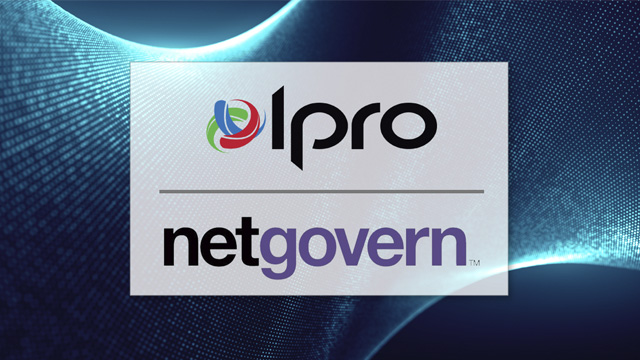
6 Ways the IPRO / Netgovern Partnership Can Jump Start Your eDiscovery Process
For nearly 20 years, Montreal’s NetGovern has supported a range of private organizations and public institutions with information governance needs, helping them meet data compliance requirements, safeguard personal information, and protect reputations while securing sensitive data. In January 2020, IPRO announced a strategic partnership with NetGovern, providing a new approach to performing Early Data Assessment (EDA). This initiative will enable clients to rapidly review relevant data before it is collected, dramatically lowering expensive eDiscovery costs.
One person well-acquainted with the challenges presented when interacting with Electronically Stored Information (ESI) is Frederic Bourget, CTO at NetGovern. The chief difficulty of this work is the same that Bourget encounters in software development: the result is unknown at the start. To encourage more efficiency, programmers today utilize the agile practice of iterative development, in which each step requires a discrete objective, deadline, and evaluation. In a recent blog, Frederic wrote, “The general concept of eDiscovery is to collect as much ESI as you can—to avoid missing anything—and then to review the data through an efficient, industrialized process.” However, he continues by saying, “the efficiency gains of this linear process come at a higher cost of rework. eDiscovery is more of an investigation process. As a better understanding develops, you have the ability to return to the ESI source in an iterative way to build the case timeline and presentation.”
And that’s what the NetGovern / IPRO partnership does: it re-imagines the eDiscovery process with a focus on agility. Here are 6 other ways this partnership benefits companies:
COST REDUCTION
Leveraging the right technological tools creates a number of important benefits. First and foremost: minimizing review costs by reducing the time required to sift through large quantities of pertinent data.
“If clients can interact with ESI early in an eDiscovery case, and on an ongoing basis, they can interactively process, review, and collect only the data that is relevant.”
RISK REDUCTION
Delivering less data to an opposing party or legal-service provider reduces the risk of data breaches and loss.
“Moving large swaths of data and storing multiple copies under unknown security conditions is a risky proposition in a world where all organizations have fallen, at least once, for phishing attacks.”
EARLY DATA / EARLY CASE ASSESSMENT (EDA / ECA)
Few lawsuits ever go through the full range of procedures to trial. Rapid resolution and minimal business disruption are more likely with direct access to data for assessment and being able to perform interactive investigation as the case evolves.
“Facts speak volumes and provide serious leverage.”
KEYWORD SELECTION
Some keywords may reveal no relevant information at all. Creating an effective keyword set requires a thorough insight of the data at hand.
“Having visibility into the data allows you to assess if the [terms] are too broad and would result in collecting too much data, breaking proportionality, and putting your confidential business information at risk.”
USABILITY
The variety of locations and platforms companies use to manage communications and information can impede deadline-sensitive eDiscovery, particularly when legal teams must rely on IT, InfoSec, or outside firms to gather data.
“Providing intuitive and user-friendly tools to the legal team, to be able to run searches and collections, puts the efficiency of the process directly into their hands. Imagine being able to move seamlessly between collection, processing, and review all within one pane of glass.”
CONFIDENTIALITY
As with strategically limiting the volume of data on the front end, limiting the number of people involved also reduces risk.
“If legal can operate within their team boundary, they can perform investigations without having to explain to IT, or to an external firm, who and what are being investigated. Internal affairs stay quiet and are handled confidentially.”


